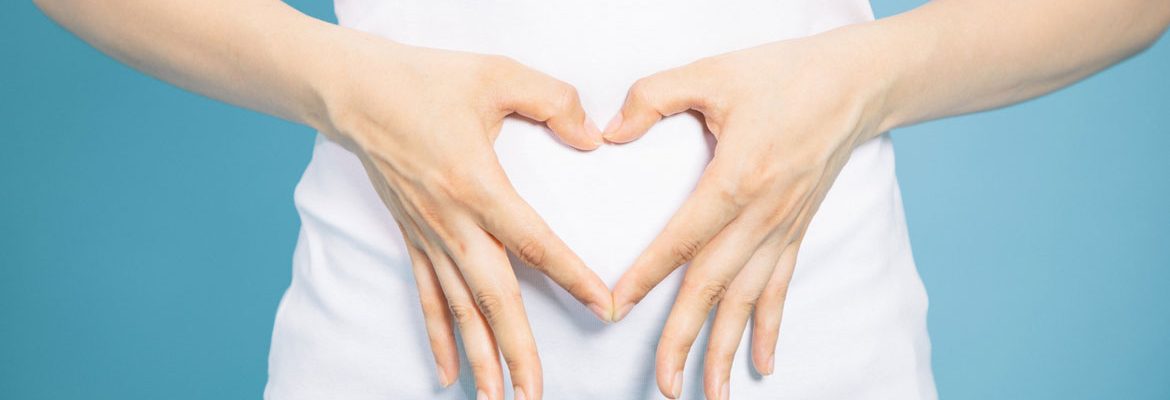
‘Wet and miserable” doesn’t just describe the weather — it describes the lives of many
who share a secret malady — they wet themselves.
Did you know 70% of women over 30 years old experience urinary incontinence problems and we at Morinville Physical Therapy can help.
Myths About Urinary Incontinence
Since incontinence is not a topic discussed openly among sufferers, many myths
surround the problem.
- Only old ladies have it!’ Not true. Many younger women suffer with the problem. In Canada nearly a million women under the age of 40 are incontinent of urine. While the prevalence of urinary incontinence increases with age, it often starts in young women after having a baby. However, it can happen even if you have never had children.
- “This is as bad as it will get” or “It will get better by itself’. Not true. With time, incontinent women generally report their symptoms to be worsening. The symptoms cannot and will not just simply disappear — unless appropriate action is taken!
- “There’s nothing that can be done about it.” Not true. Pelvic Floor exercises help 80% of women with stress incontinence. They also help to “get a grip” during lovemaking, and improve sexual responsiveness.
Specialized Physiotherapy is becoming more established in the literature as a first-line of defence against Incontinence and Pelvic Pain. At Morinville Physical Therapy & Sports Injury Clinic we have the knowledge and tools to manage your condition.
We can provide you with a thorough assessment/diagnosis and supply you with many educational tools to assist your recovery.
What is Tissue Dysfunction in Pelvic Pain?
The main tissue problems that cause pelvic pain are:
- Trigger points, also known as muscle knots
- Connective tissue dysfunction, which is essentially tension in the outer container of the muscle (the tissue between the skin and the muscle)
- Neural tension, which is tension along the nerve pathway, causing difficulty with the normal sliding and gliding of the nervous system
- Pelvic congestion caused by varicose veins, or poor circulation in the pelvic floor
- Sacro-iliac joint problems are very common in pelvic pain and can be caused by, or contribute to, a tight or weak pelvic floor
- Tension in the viscera or organs of the lower abdomen including the bladder, prostate, uterus and ovaries
- Skin problems particularly in the vulva (skin breakdown, dry tissues, infections, or tissue atrophy (thinning) due to hormonal changes)
This tissue dysfunction is contributing to your pelvic pain in varying amounts depending own individual presentation.
All patients with pelvic pain have a unique combination of pain contributors from the various tissue problems and their sensitized nervous system.
A physiotherapist who specializes in pelvic pain can help you to sort out what your contributing factors are.
